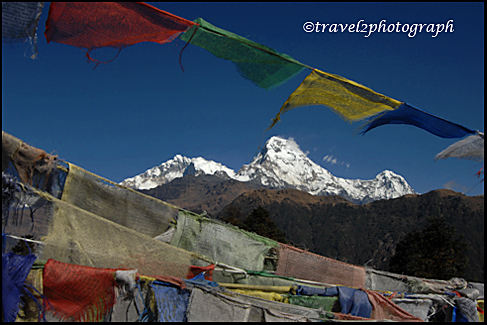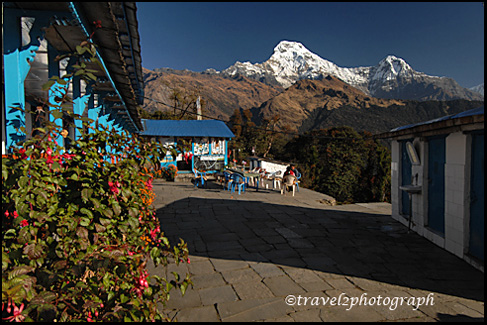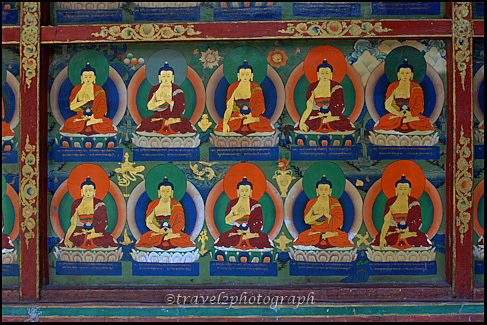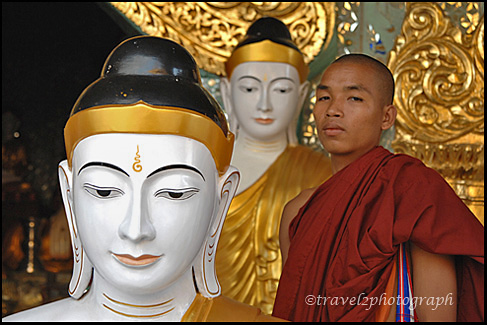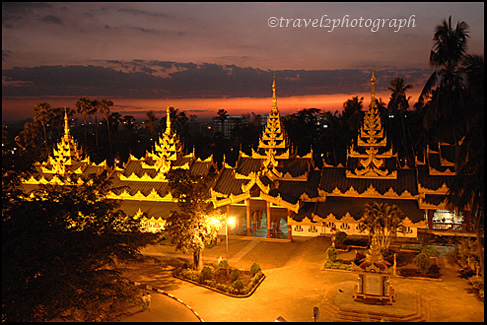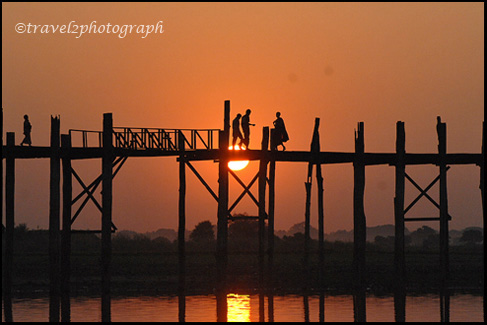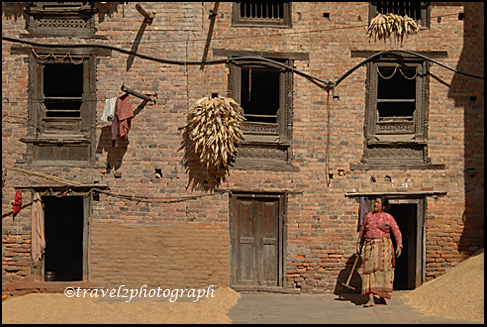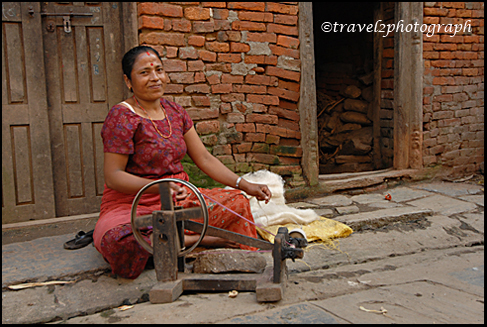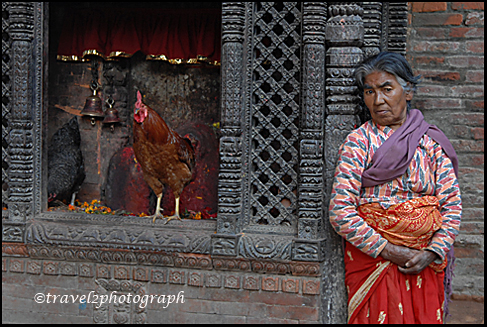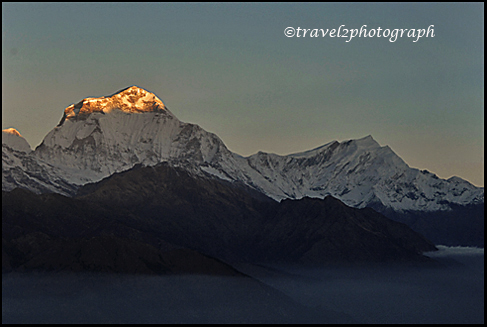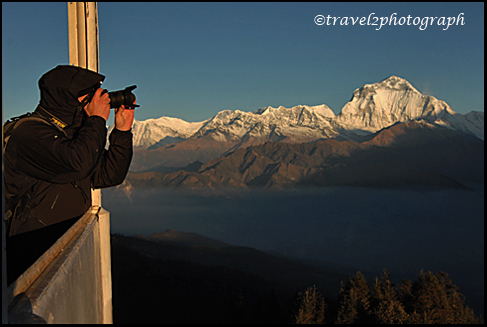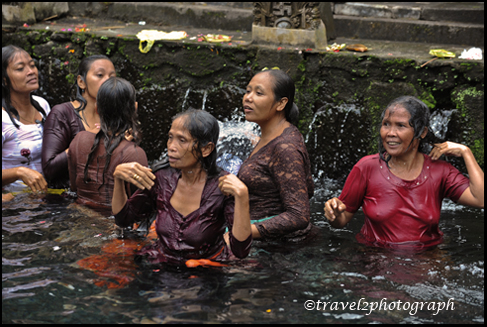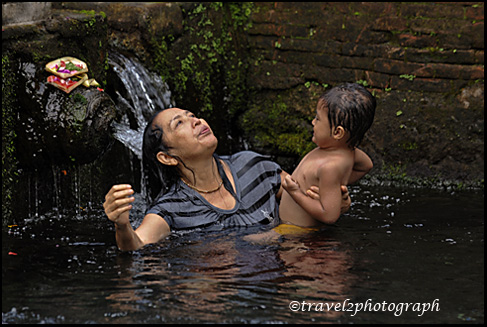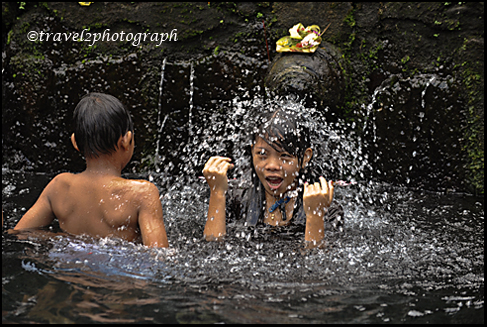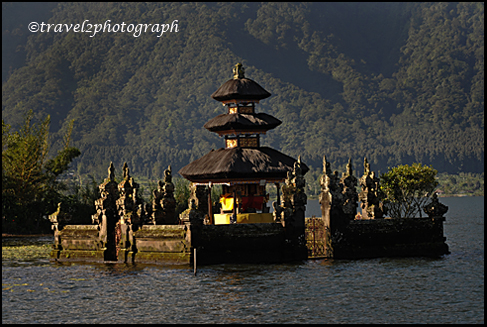Nepal has some of the best trekkings in the world, to and around several of the world’s highest mountains, including Mount Everest. Many people visit the country just to trek and the tourism industry is well prepared to facilitate all manner of trekking styles and destinations. On the one hand you could spend a year planning an expedition to wild and lofty places; on the other you could land in Kathmandu with no plans and be on the trail to Everest Base Camp (EBC) in a matter of days.
“Teahouse trekking” along the main trails is the most common style, with decent lodges in every settlement (and between), it is possible to trek in comfort with minimal preparation, equipment and support. There is no need to camp and a selection of western style foods are readily available from a menu system. No special permits are required, just national park entry tickets. The main areas for these treks are Everest, Khumbu and Annapurna.
Facilities available in remote areas are less extensive than in the more popular areas. Off the main trails where there are no lodges and food from menus a Nepali guide becomes essential, and it may be advisable to visit such regions with organized groups, including guide, porters and full support. Mustang, Kanchenjunga, Manaslu, Dolpo and Humla are in remote areas. Many of them require also special permits.
There are lots of agencies in Kathmandu and Pokhara who are always keen to broker the services of a guide and/or porter. During the main seasons the agencies run regular group treks, both teahouse and camping styles, and it generally possible to join a group doing a trek of your choice. Independent trekking is quite easy with straight forward preparations.
A trekking permit is required to trek in any part of Nepal. If you want to trek two areas, you will need two permits. Each permit requires details for the route and region. Police check points are set up in some areas so do not venture off the set route. Annapurna trail starts from the North of Pokhara, from lush middle hills into high mountains. A circuit leads up the Maryangdi river to Manang, over Thorung La (5400m) to the Hindu temples at Muktinath. Down the Kali Gandaki on the Jomsom trail enjoying Gurung and Thakali hospitality. Up through spring rhododendron blooms to Poon Hill for a dawn Himalayan vista. Trek up into the very heart of the Annapurna Sanctuary for an awesome 360′ high mountain skyline.
Altitude sickness is a significant risk when trekking on any trails above about 2500m. Be familiar with the symptoms and do not ignore them. If you keep to a conservative ascent schedule and drink plenty of fluids then most people can acclimatize. If you or anyone in your party begins to experience symptoms of AMS then do not ascent, and if they do not improve then descent to a lower altitude. This is the only option to consider.


